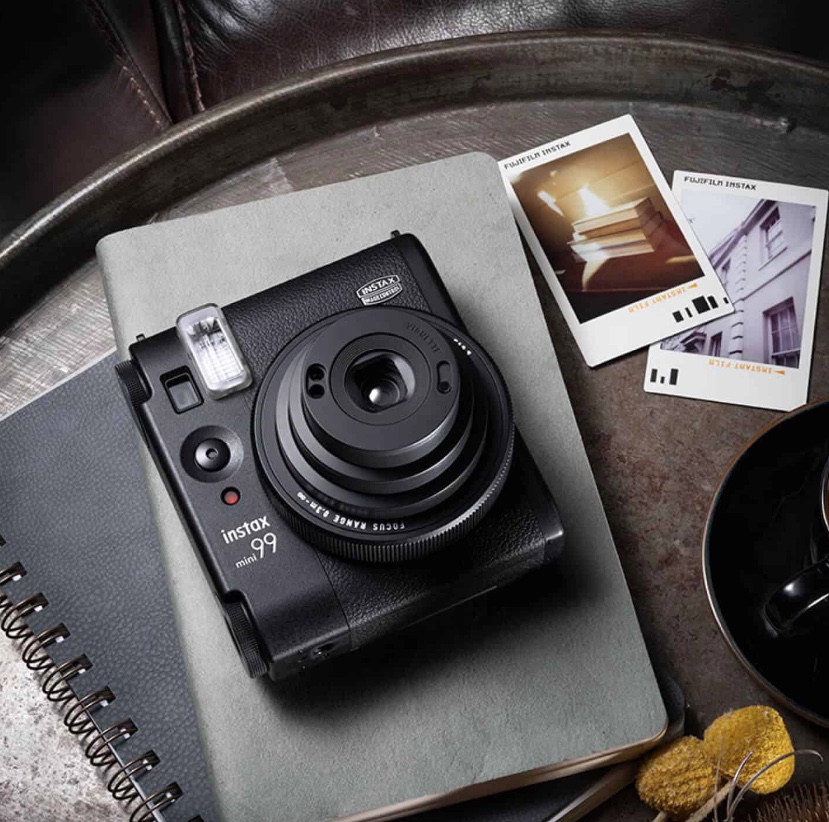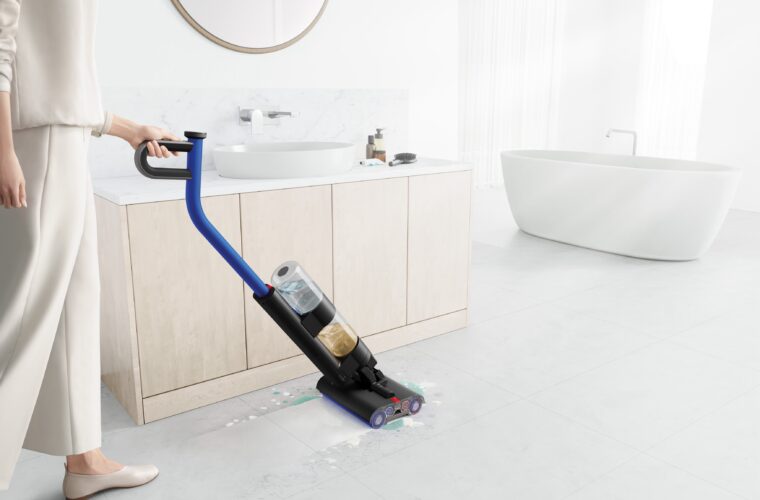Instax Mini 99, the analogue that combines style and innovation
Instax Mini 99: In the age of digital shooting, with hundreds of smartphones always ready to capture the moment, Fujifilm continues its mission against the current. The company, a recognized name in photography, has an extensive catalogue of analogue and hybrid camera models with the common thread of instant printing. As was the case on trips decades ago, with the Mini 99, there is no second thought, no artificial intelligence to remove elements, adjust tones and colours or add depth effects. You switch the device on, point it where you like with your eyes tucked inside the viewfinder, and what comes, comes.
Unlike an Instax Mini Evo, which incorporates a display on the back for reviewing shots, selecting colour modes, and even receiving images from smartphones so that they can be captured on film, everything here is a throwback to the past, with Fujifilm’s technological innovation compressing all the best of mobile amateur photography into a small object, very nice to use and own. Let’s begin.
The dial with colour effect
The first new feature is the colour effect dial. You can add colour effects to your images with a simple rotation, choosing from faded green, warm tone, light blue, soft magenta, sepia, and light. It’s essentially like playing with Instagram filters before publishing a post, with the feature adding a real retro feel to photos. The camera also has a manual vignetting switch, which can add a shaded frame to the images you take, but it takes some trial and error (with many mistakes) to figure out how to get the best out of the effect. Then, there is a further dial for brightness control. As on smartphones, you can move the light control line forward or backward; here, four predefined levels range from low to maximum. Again, with no preview possible.

The highlight: the lenses
Beyond the technical specifications put to the test, this Instax has one of the best lenses for an analogue. Opening it up, you choose one of the three available ‘distances’ for focusing, written next to the lens. What changes can be seen in the viewfinder, which gives back, albeit slightly, what the result may be and the breadth of vision. We have Landscape mode (for three meters and beyond), Standard mode (for 0.6-3 meters) and Macro mode, perfect for selfies. The Mini 99 also has two shutter release buttons, one on the top and one on the side, for the best grip when taking a portrait or landscape shot.
There is no lack of a self-timer, selectable from a small button beside the monochrome display, that provides the essential information: photos remaining (we’ll come back to this later), battery and presence of flash. The latter can be deactivated, forced on, automatic or to eliminate red eyes. Next to the selfie and flash button is the mode button. There are four of them in all, or rather five: if you don’t choose anything, you set the shot to automatic. Alternatively, indoor mode for indoor shots, motion mode for photos of sporting events or moving subjects, the double exposure mode for taking two sequential shots and creating artistic effects, and finally, the B-Pose mode, which keeps the shutter open up to 10 seconds, perfect for night-time headlight trails or running trains.
The films
The films used are Fujifilm Instant Color Film ‘Instax mini’ with an image size of 86 mm x 54 mm and an image size of 62 mm x 46 mm. The film’s development time is approximately 90 seconds, which varies depending on the ambient temperature, from the moment the print is produced until it is completely coloured. Too small? Perhaps so, but that is a matter of taste. The dashboard, accessible with a slide clip, retains the film body, which can be replaced in a snap.
Battery theme: this is never a problem, but unlike hybrid models, we cannot charge it when inserted in the Mini 99. We must remove the battery, insert it in its small dock and charge it via USB-C. This is a strong limitation, but the autonomy is long about 100 prints. A full charge can take up to two hours. An adapter for a tripod is also included in the package, an unusual feature for the Instax Mini range. It is positioned for mounting in portrait orientation, so you need to tilt the tripod head 90 degrees to take horizontal images.
Do I buy it or not?
If not ‘forever’, an Instax is a choice that lasts for a long time, hypothetically years. Switching from one model to the next may make little sense for what the result is: an image that cares more about what surrounds an analogue print than merely chasing after innovations in lenses and sensors, which here are still of high quality. The purchase is suitable for anyone who has always wanted to buy an instant camera and has never done so. The price is affordable for everyone, 199.99 euros. Just enough to get back to giving photos their proper weight, memories imprinted in the memory, and not just a collection of disposable snapshots, useful for filling social networks and little more.


